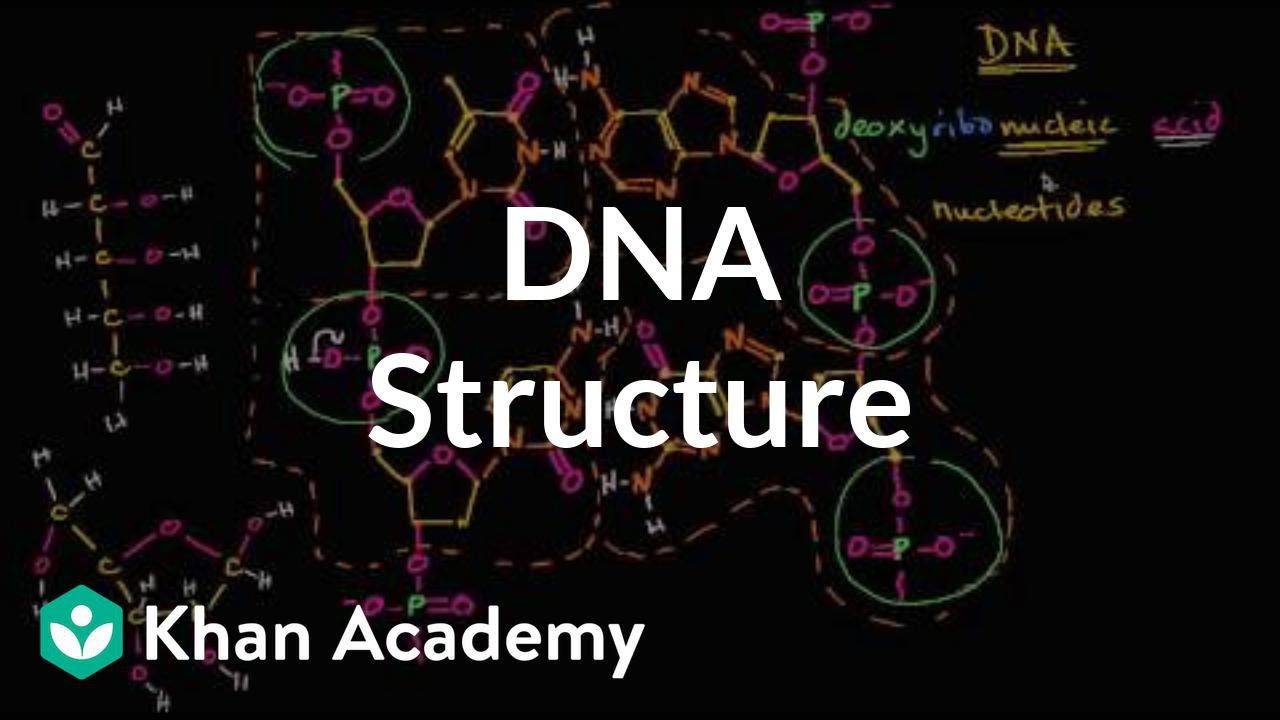


Homeostatic functions: maintain stable balance in body, temperature, metabolsm Lateral Hypothalamus -The hunger center because it has special receptors that detects when body needs more food or fluids. Thalamus sorts and transmits them to appropriate areas of the cerebral cortex Hypothalamus -Helps control some endocrine functions as well as autonomic functions Contains regions such as: thalamus, hypothalamus, posterior pituitary gland, pineal gland, cerebral cortex, basal ganglia, limbic system Thalamus -Structure within forebrain that serves as an important relay station of incoming sensory information except for SMELL Forebrain -Largest portion of the brain by weight and volume Relies on the assumption that when a specific cognitive function activates certain regions of the brain, the blood flow to those regions increases. Detects broad patterns of neural activity based on increased blood flow to different parts of the brain noninvasive (cause no damage) rCBF -Regional Cerebral Blood Flow Involves placing several electrodes on scalp - see electrical activity which can be detected and recorded. Electrodes can be used to record electrical activity produced by the brain itself Superior (visual input) and Inferior Colliculus (auditory input) Cortical Maps -Using electrical stimulations using electrode EEG -Electroencephalogram Receives sensory and motor information from the rest of the body, associated with involuntary reflexes which responses triggered by visual and auditory stimuli

Alcohol impairs functioning of cerebellum Midbrain -Mesencephalon Damage: clumsiness, slurred speech, loss of balance Regulates waking and relaxing Cerebellum -Help maintain posture, coordinates body movements Contains sensory and motor pathways between cortex and medulla

Medulla - Regulates the autonomic activity of the heart and lungs Pons -Metencephalon In charge of vital functions such as breathing, HR, and BP Manages vital functioning for survival Telencephalon Cerebral Hemispheres Diencephalon Thalamus Mesencephalon Midbrain Metencephalon Pons, Cerebellum Myelencephalon Medulla, Spinal Cord Medulla Oblangata -Myelencephalon Located where the brain meets the spinal cord Brainstem -Hindbrain + Midbrain Hindbrain Cerebellum (Refined motor movements), medulla oblangata (vital functioning), reticular formation (arousal and alertness) Produced by specialized cells that line the ventricles (internal cavities) of the brain. Composed of: dura mater, arachnoid mater, and pia mater Cerebrospinal Fluid -Aqueous solution in which the brain and the spinal cords rest. Help protect the brain, keep it anchored with the skull, resorb cerebral spinal fluid Meninges -Thick sheath of connective tissues


 0 kommentar(er)
0 kommentar(er)
